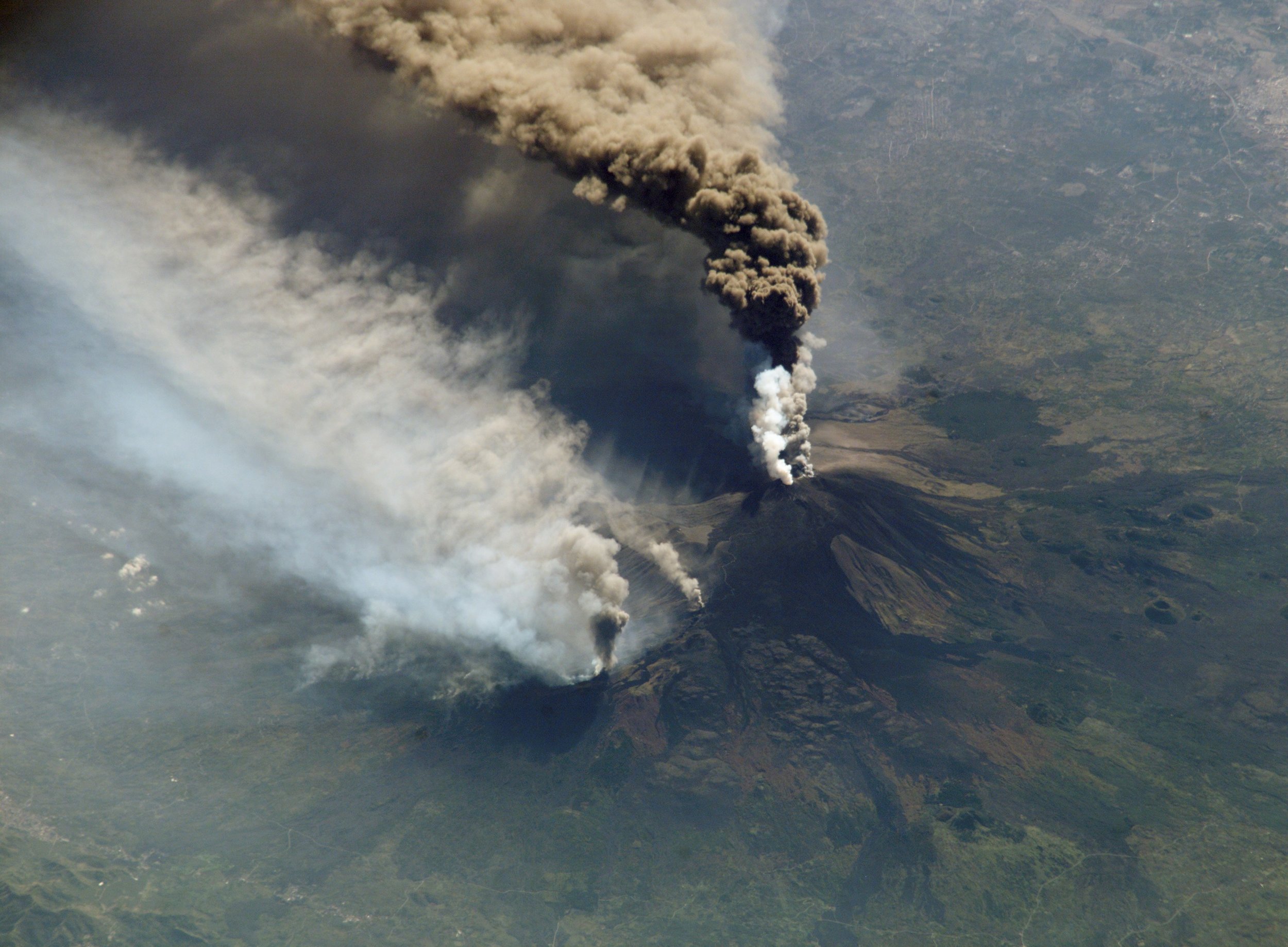Evolution isn't just about survival of the fittest, sometimes it's about cooperation. More than a century ago, Peter Kropotkin. Inspired by his observations in the tough climates of Russia's Far East, Kropotkin proposed that cooperation could be just as influential as competition in the evolution of species.
Today, scientists working in one of Earth's most extreme habitats, Antarctica, have found compelling new evidence to support this idea.
Image Credit: Katiekk via Shutterstock / HDR tune by Universal-Sci
Antarctic Mystery: What's Living Near Glaciers?
In front of a slowly retreating glacier in Antarctica's remote Larsemann Hills, researchers recently made a surprising discovery: an astonishingly diverse microbial world thriving in harsh, nutrient-poor soil. The international research team, led by Dr. Dirk Wagner from Germany's GFZ Helmholtz Centre for Geosciences and the University of Potsdam, collected and analysed soil samples in an area previously thought too extreme for abundant life.
They discovered a vibrant community of microorganisms, far richer and more diverse than expected. Using advanced DNA analysis, the team identified nearly 3,000 microbial species, including bacteria, fungi, and algae. Even more intriguingly, these microbes appear to cooperate closely, forming mutually beneficial relationships that allow them to thrive in this challenging environment.
Cooperation in the Cold: How Microbes Work Together to Survive
These microscopic partnerships reveal fascinating new insights into how life adapts to extreme conditions. Near the glacier's edge, researchers found fungi that love extreme cold (called "cryophilic fungi"), acting as pioneers by breaking down rock and organic matter to create the first stages of soil. This pioneering work allows other microbes, including bacteria and algae, to settle in, forming tight-knit communities where organisms depend on each other for survival.
Notably, the team identified unique partnerships between green algae and certain bacteria, which seem to help each other through nutrient exchanges. They also observed fungi and bacteria working together, with fungi breaking down organic matter into forms that bacteria can use. These cooperative relationships likely explain how such extraordinary biodiversity can exist in such a harsh environment.
Rethinking Antarctic Biodiversity
These findings suggest we've significantly underestimated the diversity of life in Antarctica's extreme habitats. Such discoveries also challenge the common view that only competition drives evolution. Instead, cooperation appears to be a key strategy allowing life to flourish, even in the coldest and driest places on Earth.
Future research will continue to explore these fascinating microbial relationships. Understanding how life persists and evolves under extreme conditions can teach us valuable lessons, not just about biology, but about resilience and cooperation in our own changing world.
If you are interested in more information about the underlying research, be sure to check out the paper published in the peer-reviewed journal Frontiers in Microbiology.
Sources and further reading:
From single pioneers to complex pro-and eukaryotic microbial networks in soils along a glacier forefield chronosequence in continental Antarctica - (Frontiers in Microbiology)
Antarctica has a huge mantle plume beneath it, which might explain why its ice sheet is so unstable - (Universal-Sci)
What if Antarctica’s dormant, ice-covered volcanoes wake up? - (Universal-Sci)
Revealed: how giant icebergs breathe life into remote oceans - (Universal-Sci)
FEATURED ARTICLES:
If you enjoy our selection of content please consider following Universal-Sci on social media
















